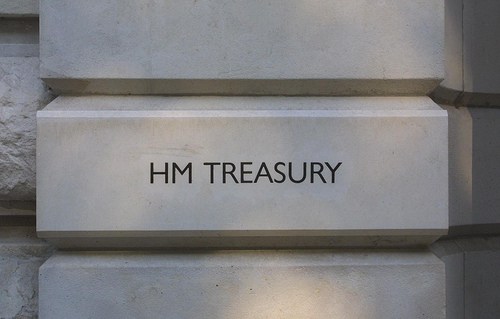Nearly 2.3m taxpayers are set to earn more than £100,000 by 2028–29, exposing them to a punitive tax trap and stripping families of childcare benefits worth thousands of pounds, according to new HMRC data.
Wealth manager Rathbones, which obtained the figures through an FOI, said the figure will rise 27% in the next four years from the current level.
HMRC estimates that 1.8m taxpayers earned above the £100,000 threshold in 2024–25 and that the number is expected to rise to 2.29m in four years, representing an increase of nearly half a million (493,000) working people.
The £100,000 threshold triggers the tapering of the personal allowance, creating an effective marginal tax rate of up to 60% (62% including national insurance) for those earning between £100,000 and £125,140, Rathbones pointed out. Once the personal allowance is fully withdrawn, income above £125,140 is taxed at the additional rate of 45%.
The ‘tax trap’ is compounded by the fact that the £100,000 threshold for withdrawing the personal allowance has remained unchanged since its introduction in April 2010. As earnings have risen over time, more people have been pulled into this threshold.
The firm said the fiscal drag effect has been amplified by the freezing of main income tax thresholds since April 2021. The number of people losing some or all of their personal allowance is projected to rise by 88% between 2021–22 and 2028–29, from 1.22m to 2.29m, according to HMRC estimates.
|
|
Number of taxpayers (thousands)
|
|
Income Range
|
2021-22
|
2022-23
|
2023-24
|
2024-25
|
2025-26
|
2026-27
|
2027-28
|
2028-29
|
|
£90,000 - £100,000
|
334
|
379
|
401
|
457
|
482
|
503
|
522
|
541
|
|
£100,001 - £110,000
|
216
|
247
|
299
|
333
|
355
|
374
|
389
|
413
|
|
£110,001 - £120,000
|
154
|
174
|
236
|
266
|
295
|
288
|
300
|
309
|
|
£120,000+
|
848
|
945
|
1,090
|
1,200
|
1,300
|
1,400
|
1,480
|
1,570
|
|
Total of £100k+ earners
|
1,218
|
1,366
|
1,625
|
1,799
|
1,950
|
2,062
|
2,169
|
2,292
|
Source: HMRC via Freedom of Information request November 2025. Figures for the 2023-24 to 2028-29 tax years are estimates.
Stephanie Ebner, a Financial Planning lead at Rathbones, said: “The £100,000 tax trap is one of the most baffling quirks in our tax system. Originally designed to target the very highest earners, after 15 years of inflation and frozen thresholds, it now ensnares thousands of professionals who were never meant to be caught. It has increasingly become a stealth tax on the middle class.”
“For parents with two children under five, earning just £1 over £100,000 can mean losing childcare support worth almost £20,000. These costs must be covered from post-tax income, so it’s no surprise many are concerned. Hard-working families would need a substantial pay rise just to offset the impact of this tax trap.”
Speculation of a £2,000 cap on salary sacrifice for pensions could make matters worse. Many employees currently use pension contributions to keep taxable income below £100,000 and retain childcare benefits.
Ms Ebner said: “While making a personal pension contribution can achieve a similar effect, it often requires completing a tax return and potentially negotiating with HMRC to keep childcare benefits. For parents of young children, spending a weekend updating tax details online is rarely the best use of time.”
Promote your vacancy to thousands of professionals on Financial Planning Jobs
Our specialist jobs service Financial Planning Jobs can help you reach nearly 12,000 financial professionals. You can set up an Employer Profile and post your job the same day on Financial Planning Jobs (terms apply). Dozens of Financial Planning and Paraplanning firms have used our affordable service to recruit new talent.
